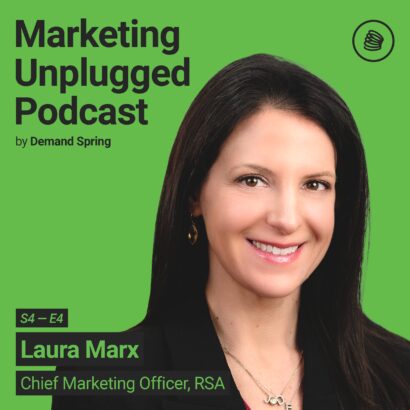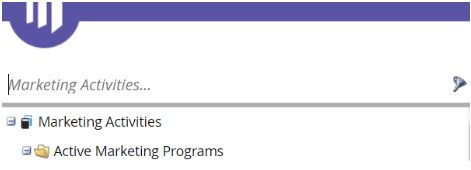As the temperature rises and the days get longer, my spring cleaning instincts get triggered. Like many of us, I take advantage of a rainy spring afternoon by cleaning out my closets – moving out winter gear, making space for summer gear. I’m an seasoned pro at this now, but only because I’ve spent years fine-tuning my spring cleaning strategy. What used to take a messy few days now takes one afternoon – because I now have a guiding strategy and some best practices, so I’m never starting from scratch.
At Demand Spring, we’re doing some Spring Cleaning ourselves – a Marketo cleanup, as part of our Optimization Project. And just as my seasonal closet strategy makes that spring cleaning less daunting, the things we’ve learned about archiving in Marketo provide a guiding strategy to make this cleanup faster and easier.
In Marketo, archiving is a powerful tool that can transform your instance from a cluttered mess to an organized powerhouse. Archiving in Marketo allows you to file away all of the old programs, content, and folders that you are no longer using – to help you declutter and more easily access those assets that you use regularly. By archiving routinely, you will notice many efficiencies for your users:
- Shorter picklists
- Advanced search functionality while searching for programs and assets
For those of you who are like me and hate throwing things away, don’t worry: once “archived,” an item is no longer visible when searching, but it’s not gone forever. You can still dig up archived programs within your archived folders to reference – or un-archive them. As well, if your archived assets first don’t appear when searching in the search bar just underneath the superball at the top left corner (1), you can still search in the popup that appears in the middle of your screen (2) and it will display your archives.
(1)
(2)
*Important note* if you have active trigger or batch smart campaigns in archived programs they will still be active until manually deactivated. This is really important to understand, and is often overlooked.
It is also important to include input from all of the stakeholders of your Marketo instance when you’re developing your archiving strategy. Use these 3 steps to ensure your archiving strategy works for your entire Marketo team:
- Decide on common objectives together.
- Document your detailed archiving guide & implement your strategy (creating folders, begin archiving old assets, determine cadence).
- Ensure the strategy is adopted by everyone. You will only get the full value if your archiving process is consistent.
How will this affect our data!?!
Your data is not lost. In fact, this is a key benefit of archiving rather than deleting permanently. When you archive campaigns and assets, you still retain your data, and can choose to include archived items in a few key reports, such as landing page or email performance reports.
Best practices
- Naming conventions:
- Add a special character (ex: -, _, *) to the beginning of your archiving folders’ names so that they always appear at the bottom.
- You can use naming conventions to aid in the archiving process to provide direction on what can be archived without explicit confirmation from your team (ex: archive one-time email sends more frequently than nurture programs).
- Tip: If you’re still unsure about whether or not something should be archived, take a look at the program membership and see if there’s anyone who cycled through in the past 60+ days (length of time can vary depending on your organization’s definition of a “stale” campaign). In some cases for assets, the “Used By” feature can help to see where the asset is being used throughout Marketo. Additionally, you can look at the audit trail in Marketo to see what assets were modified in last 60-90+ days.
- At a minimum, tackle archiving once per year. Archiving every quarter or semi-annually is even better (especially if you execute several programs on a regular basis). This regular practice reduces the technical debt in the instance and keeps the system efficient throughout the year.
- Keep your archiving folders structured to support your chosen cadence of archiving. Here’s an example:
- -Event Programs Archived
- 2018 Event Programs Archived
- Q1
- Q2
- Q3
- Q4
- 2019 Event Programs Archived
- Q1
- Q2
- Q3
- Q4
- 2018 Event Programs Archived
- -Event Programs Archived
- If your volume of programs is quite high, you may want to keep an archived folder under each type of program – rather than having one ‘master’ archived folder at the bottom of your marketing activities, which can become cluttered.
How do you actually archive?
Simply right click on the desired folder to archive. To add to an archived folder, just drag and drop the desired asset. To ‘unarchive,’ use the same process – right click, click unarchive, and drag and drop.
Key Takeaways
- Archive regularly to speed performance.
- Plan a strategy with stakeholders.
- Establish strict naming conventions.
- Remember that trigger campaigns need to be turned off before archiving.
Happy archiving!







